Woke Up From Nightmare Closing Eyes I See It Again
Peak 11 Spooky Sleep Disorders
aaaahhhh!
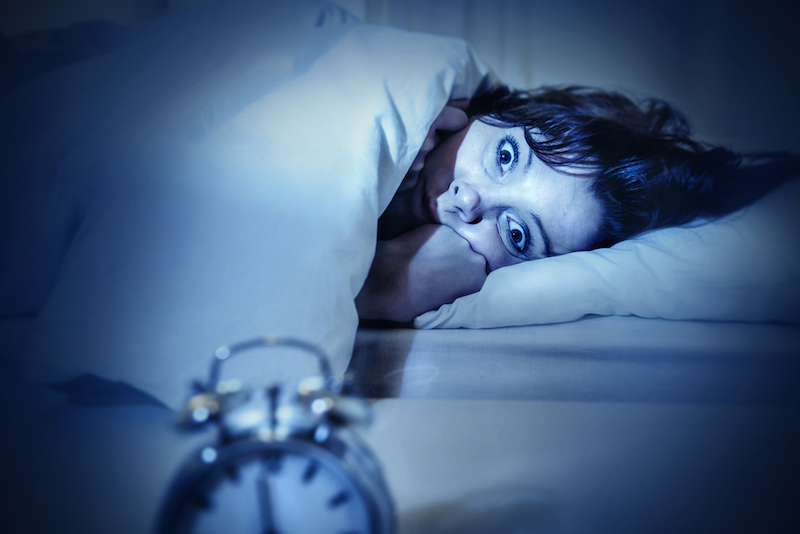
Sleep is supposed to be a time of peace and relaxation. Most of usa drift from our waking lives into anticipated cycles of deep, non-REM sleep, followed by dream-filled rapid-eye-move (REM) sleep. Simply when the boundaries of these 3 phases of arousal go fuzzy, sleep can exist downright scary. In fact, some sleep disorders seem more at home in horror films than in your bedroom.
From a syndrome that keeps a person drowsy all day and night to one that may continue you screaming through your snoozes, inside yous'll detect some of the spookiest syndromes of the dark.
Sleeping dazzler syndrome
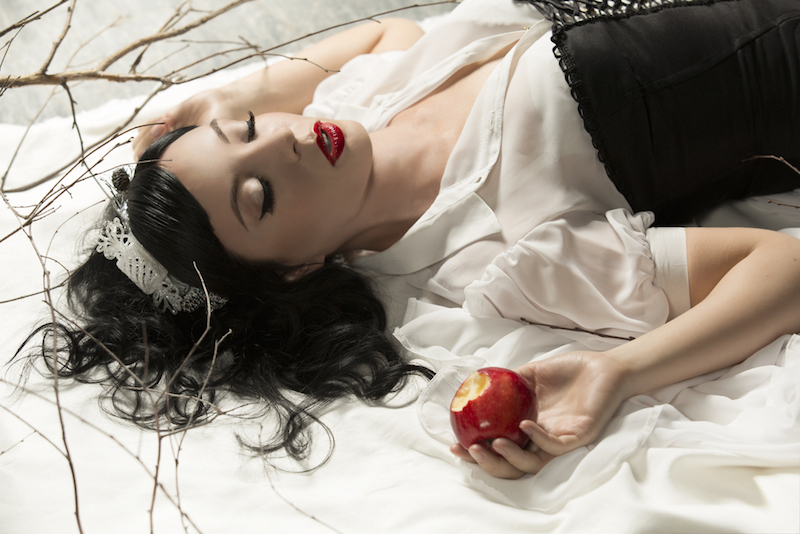
This sleep story does non have a fairy tale ending. Called Kleine-Levin Syndrome (KLS), the rare neurological disorder is linked to excessive amounts of slumber, "spacey" behaviors and demeanor, and confusion. Virtually lxx pct of those affected are teen boys, according to the National Institutes of Wellness. The syndrome comes in waves, where at the onset a person will slumber most of the day and night, garnering it the name sleeping beauty syndrome; in between such episodes the person seems completely healthy, co-ordinate to the KLS Foundation. Incidences tin can last for days, weeks or even months, during which time a person is not only drowsy but when awake they are confused, disoriented and apathetic, with many KLS patients indicating the world seems out of focus; some cases involve uninhibited sex bulldoze.
Though the cause is unknown, some scientists recall a malfunction in the hypothalamus, which helps to regulate sleep and body temperature, may play a office, according to WebMD. No treatment is available for the disorder.
Scroll up and click "Next" to larn about Nightmare Disorder . . .
Nightmare disorder
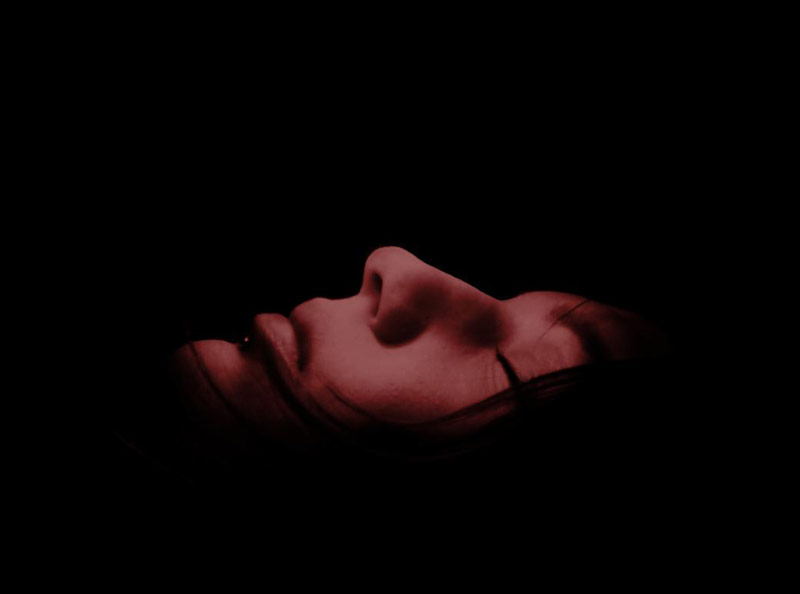
Whether it'due south running from axe-wielding murderers or showing up naked in the school cafeteria, virtually of us have been jolted awake by a nightmare at some betoken. When nightmares move beyond occasional annoyance to near-nightly terror, however, you lot might have nightmare disorder. People with nightmare disorder oftentimes wake in a common cold sweat with vivid memories of horrible dreams. Their waking life suffers. They may dread sleep.
Stress and sleep deprivation are major nightmare triggers, as are some medications, according to the American Slumber Association (ASA). In severe cases, counseling or sedative drugs might be necessary to soothe the anxiety underlying the bad dreams. For most of us, though, banishing the night axe-murderer is as like shooting fish in a barrel equally taking a relaxing bath and going to bed on time.
Sleepwalking
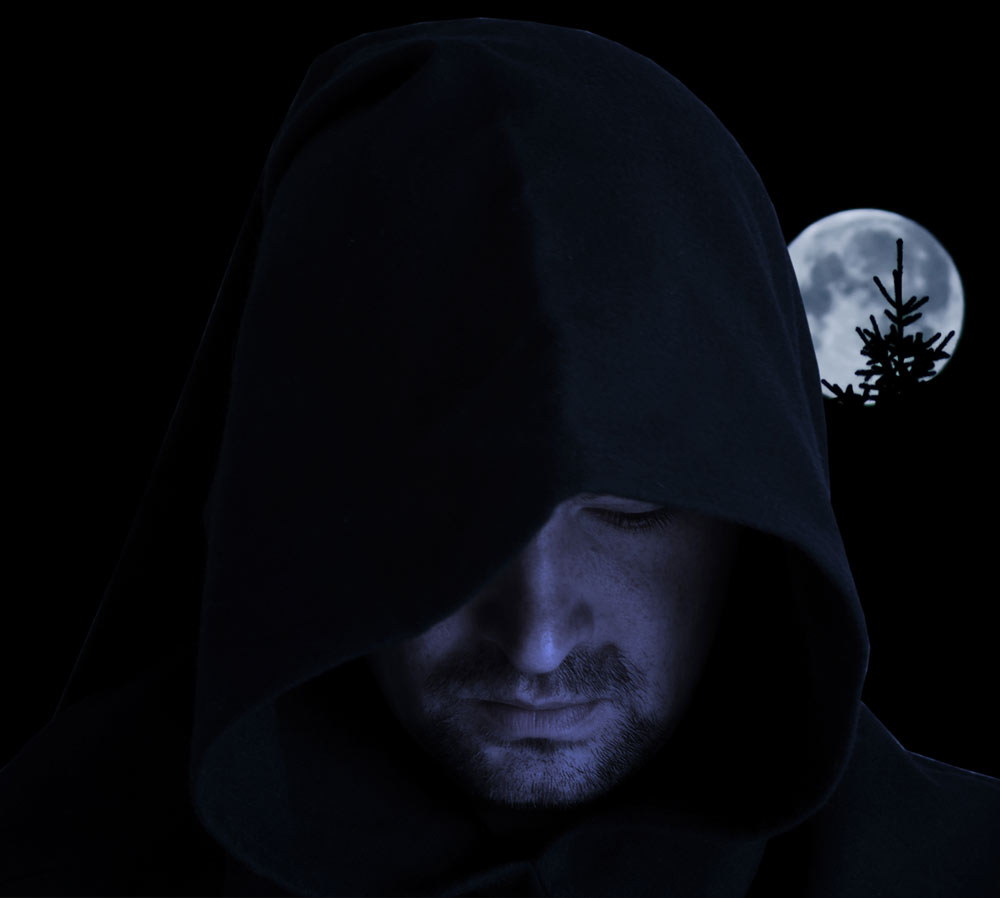
Upward to 15 percent of adults occasionally get upwardly and amble around the house in their slumber. In children, the number is even higher. No one knows what makes some sleepers wander, but stress and disturbed sleep are often factors. Then is genetics: Close relatives of sleepwalkers are x times more likely to sleepwalk than the full general population.
You won't come across sleepwalkers shuffling around, arms outstretched; many navigate their rooms with ease and are capable of opening doors and moving furniture. And while waking a sleepwalker won't practise them whatsoever harm, sleepwalking itself can be dangerous. One study published in 2003 in the periodical Molecular Psychiatry found that 19 percentage of adult sleepwalkers had been hurt during their nocturnal forays. Falling is the biggest danger, so if you've got a sleepwalker in your firm, experts recommend you move the electrical cords and steer your somnambulist away from stairs.
Exploding head syndrome
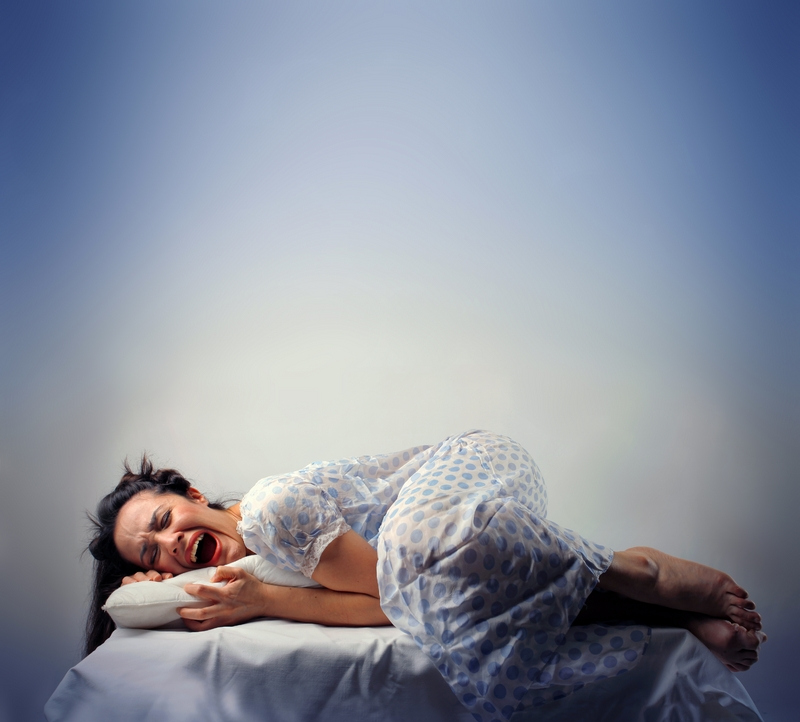
Okay, exploding caput syndrome doesn't actually involve detonating domes. This creatively-named disorder occurs during the onset of deep sleep, when the person is suddenly startled awake past a sharp, loud noise. These noises range from cymbals crashing to explosives going off. To the person hearing them, the explosions seem to originate either from right next to the person's caput or within the skull itself. In that location's no pain involved, and no danger, either. Doctors don't know what causes exploding head syndrome, but they do know that information technology isn't associated with whatsoever serious illness.
Sleepy hallucinations
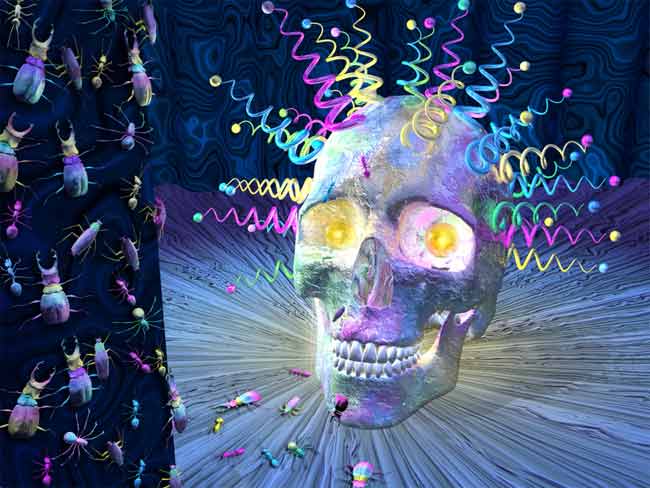
We're all used to seeing strange things in our dreams, but what about when we're not dreaming? So-called hypnagogic hallucinations occur during the transition from wakefulness to sleep (just after our head hits the pillow). And hypnopompic hallucinations hit during the waking-upwards procedure. People written report hearing voices, feeling phantom sensations and seeing people or foreign objects in their rooms. Bugs or animals crawling on the walls are a common vision, said Neil Kline, a slumber doc and representative of the ASA.
Slumber-related hallucinations are about common in people with narcolepsy. Then while the occasional phantasmic visitation is nada to worry nigh, if the hallucinations are accompanied by daytime sleepiness and loss of muscle control when excited or surprised, Kline recommends you see a doctor.
Nighttime terrors
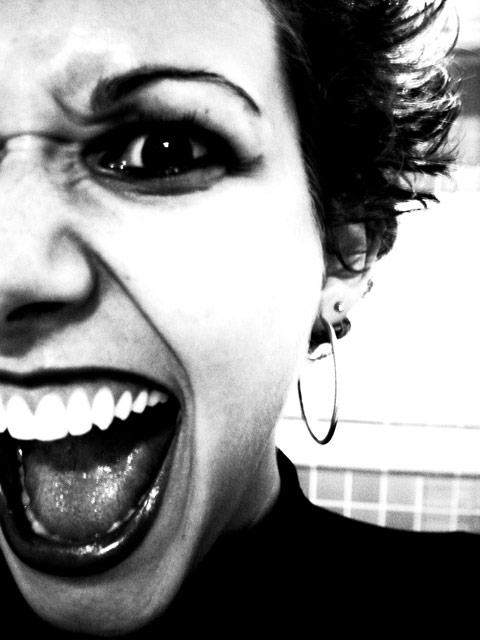
Screaming, thrashing, frantically pacing — night terrors earn their name, both for the person experiencing one and for anyone around during the outcome.
Unlike nightmares, which arise during REM sleep, night terrors happen during not-REM sleep, usually early in the night. They're most mutual in children. The person in the midst of a terror may all of a sudden sit upright, eyes open up, though they aren't actually taking in the sights. The person often yells or screams, and can't exist awakened or comforted. In some cases, nighttime terrors mix with sleepwalking. Parents have reported children wandering the firm in a state of panic. Afterward 10 or 15 minutes, the person commonly settles back into sleep, according to the National Institutes of Health. Most don't remember annihilation about their episode the next morn.
The cause of night terrors is a mystery, just fever, irregular sleep and stress can trigger them. Fortunately, according to the ASA, terrors usually fade afterwards age
Sleep paralysis

During REM sleep, dream activity ramps up and the voluntary muscles of the body become immobile. This temporary paralysis keeps the states from acting out our dreams and hurting ourselves. Sometimes, though, the paralysis persists even after the person wakes up. "Y'all know you're awake and you desire to move," Kline said. "But you just can't."
Even worse, sleep paralysis often coincides with number vii on our list: hallucinations. In one 1999 study published in the Journal of Sleep Research, 75 percent of college students who'd experienced sleep paralysis reported simultaneous hallucinations. And these hallucinations, when they occur with slumber paralysis, are no picnic; people commonly report sensing an evil presence, forth with a feeling of beingness crushed or high-strung. That awareness has given sleep paralysis a place in folklore worldwide. Newfoundlanders know information technology as the "Sometime Hag." In Communist china, it'southward the "ghost pressing downwardly on y'all." And in Mexico, information technology's known past the idiom "subirse el muerto," or "the dead climb on pinnacle of y'all."
Even today, some researchers doubtable that tales of alien abduction may exist explained by episodes of sleep paralysis.
REM behavior disorder
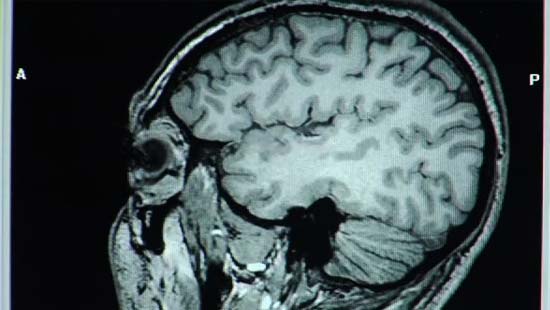
If sleep paralysis is an example of too much immobility, so-called REM behavior disorder is an instance of also little. Sometimes, the brain doesn't properly signal the trunk to stay still during REM sleep. When that happens, people deed out their dreams. They may yell, thrash, dial and kick, and even become out of bed and run effectually. When roused, they'll ordinarily call back their dream, but they won't recall moving effectually. Given the violence of these outbursts, injuries are common, according to Kline.
REM behavior disorder occurs most oftentimes amid older adults, and it can exist a symptom of Parkinson's disease, a degenerative neurological disorder. Doctors normally care for the disorder with medications that reduce REM sleep and relax the trunk.
Nocturnal eating disorder

Certain, you may have the willpower to avoid those cookies while you're awake, merely what well-nigh when you're asleep? People with sleep-related eating disorder go on eating binges at night, but to wake the side by side morning time with niggling to no memory of the effect. Some endanger themselves by chopping ingredients or turning on the stove. Others swallow raw ingredients, like frozen nutrient or patently butter.
The disorder is poorly understood, but, like sleepwalking, it occurs during non-REM sleep. Drugs that increase dopamine, a neurotransmitter associated with reward and pleasure, tin can assistance stop the unconscious nighttime snacking, doctors say.
Sexsomnia
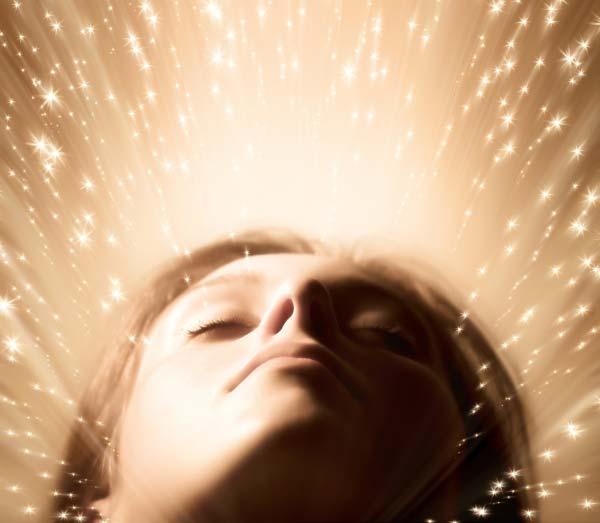
Fifty-fifty stranger than slumber-eating is sleep sex activity, or sexsomnia. First described in a 1996 case study of seven individuals, sleep sex tin range from annoying (loud sexual moans) to unsafe (self-injurious masturbation) to criminal (sexual assault or rape). In at to the lowest degree 5 controversial cases, men have been acquitted of sexual assault by arguing that they were asleep during the attack.
Nigh research on sexsomnia have involved pocket-size case studies. The largest study, an Internet survey of 219 people who said they experienced sleep sexual activity, is limited because it relied on self-reports. Yet, that report, which was published in 2007 in the journal Social Psychiatry and Psychiatric Epidemiology, suggested that slumber impecuniousness, stress, booze, drugs and concrete contact with a bed partner play a role. But no one knows why some people respond to these triggers with sexual beliefs.
And finally, if you're nevertheless awake, one nosotros all suffer from now and and so . . .
Source: https://www.livescience.com/12868-top-10-spooky-sleep-disorders.html
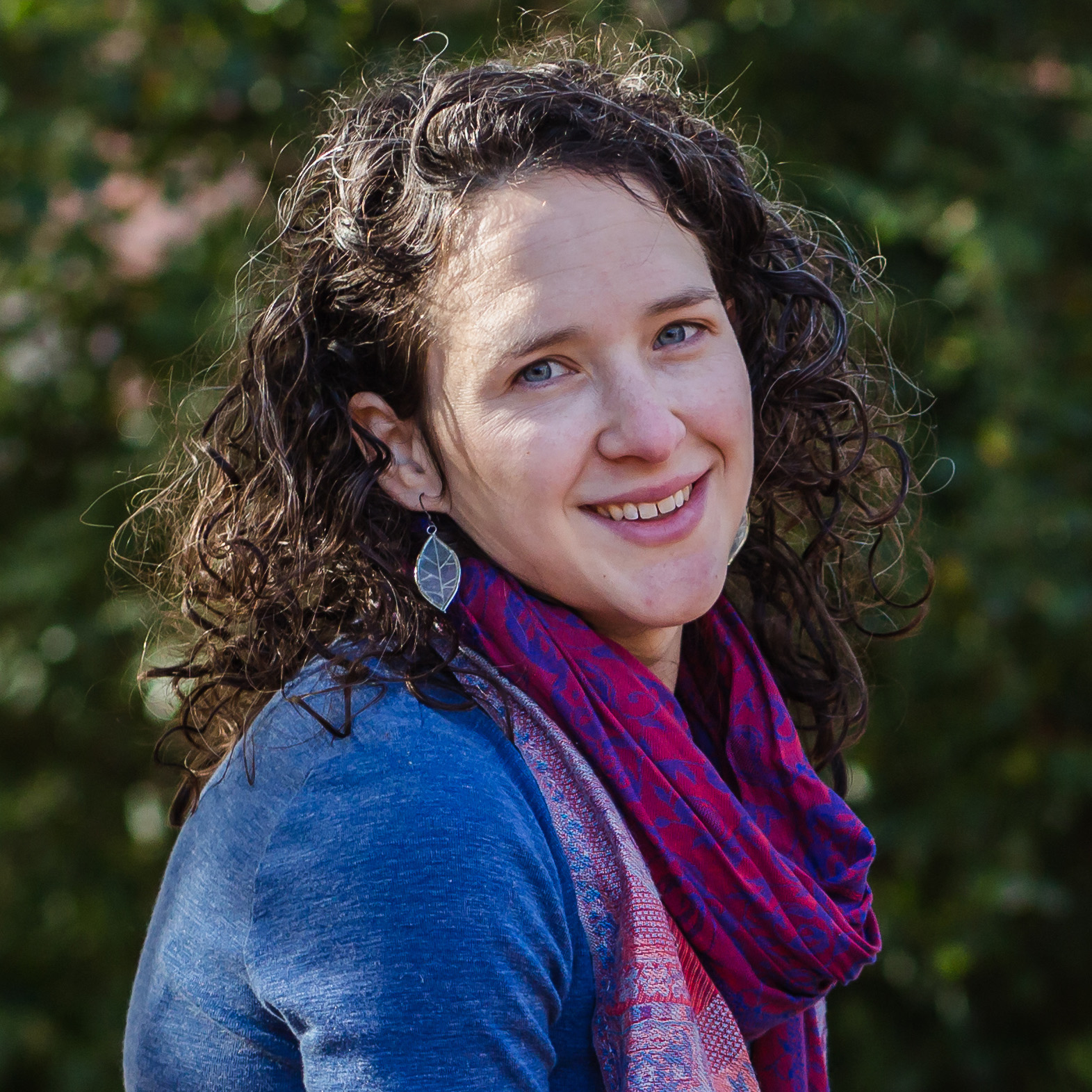
Post a Comment for "Woke Up From Nightmare Closing Eyes I See It Again"